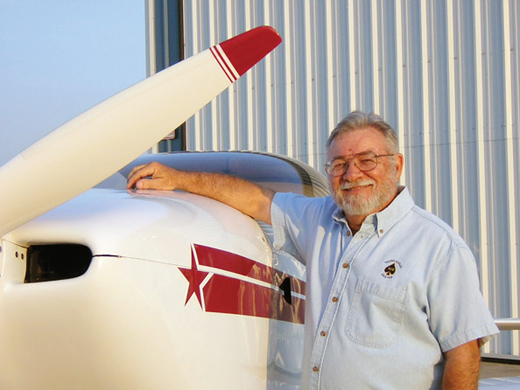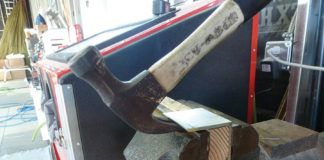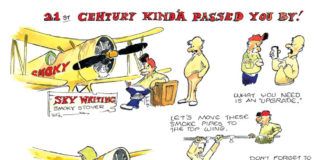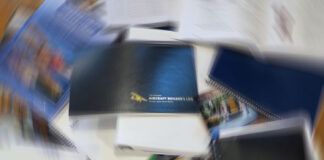
Question: If the aircraft design is 30 years old, can I use an “X” after the “N” in my N-number and forgo the Experimental sticker with no paperwork changes? The 2-inch N-numbers on my Long-EZ read: NX666DV. Good thing I keep a copy of the appropriate FAR in my plane. At a recent airshow I got jumped by one of those FAA guys who hate to be wrong. After checking out my stuff he caved, but he wasn’t happy.
Answer: I often recommend that people keep a copy of FAR part 45.22(b) in the aircraft if they are using 2-inch numbers and an “X” within the N-number. Many FAA inspectors are not aware of that particular rule. The “X” replaces the Experimental placard and does not show up in any paperwork. It is also not used in radio communication from the aircraft.
Question: I have heard a lot of different theories on logbooks for Experimentals-everything from “They need to be exactly like certified aircraft,” to “All you need is a slip of paper in a drawer somewhere that attests to the latest condition inspection being performed.” What’s the truth? Do I need a logbook? What constitutes acceptable maintenance records? Do I need to log every time I remove my seats and floor? How about modifications? I know anyone can do anything except the inspection, but do they have to log their work?
Answer: Logbooks per se are not required for Experimental aircraft. However, maintenance records are required. You must have some kind of maintenance records and a logbook is by far the easiest method of compliance.
You must have a place for entries such as your original sign-off that the aircraft is eligible for an airworthiness certificate, the inspector’s entry stating that an airworthiness certificate has been issued, an entry showing that the aircraft has completed Phase I flight testing, routine entries attesting that the ELT has been inspected and tested within the past 12 calendar months, that the aircraft itself has been inspected in accordance with FAR part 43 and is in a condition for safe operation, transponder tests, etc.
It’s also very handy when the aircraft goes up for sale. It’s nice to be able to show how the aircraft has been maintained. This alone can easily make or break a sale. If you have an aircraft that has been modified, how do you show that? How do you show compliance with service bulletins? Logbooks may not be required, but they surely make life easier.
Question: I am planning to buy a Dyke Delta. This plane is nearly complete, but hasn’t flown. What are the potential certification pitfalls involved, especially regarding the 51% rule?
Answer: As long as you can show that the aircraft was at least 51% amateur-built, there should be no problem. To show this you will need to present a builder’s log showing some kind of chronological order of the build. You will have to present a notarized eligibility statement, FAA Form 8130-12, swearing that the listed builders performed the building process for education or recreation. Any and all commercial assistance must be listed on this form, and if any was received, you must fill out the “Amateur-Built Aircraft Fabrication and Assembly Checklist (2009)” found in appendix 8 of AC 20-27G to show actual amateur-built status.
Please send your questions for DAR Asberry to [email protected] with Ask the DAR in the subject line.

![]()
Mel Asberry is an experienced Designated Airworthiness Representative specializing in Experimental/Amateur-Built aircraft. He and his wife, Ann, have built seven amateur-built airplanes including two ultralight types, a Moni Motorglider, a Dragonfly Mk2, two RV-6s and a Zenair CH 601HDS. They are currently building a scratch-built biplane.










